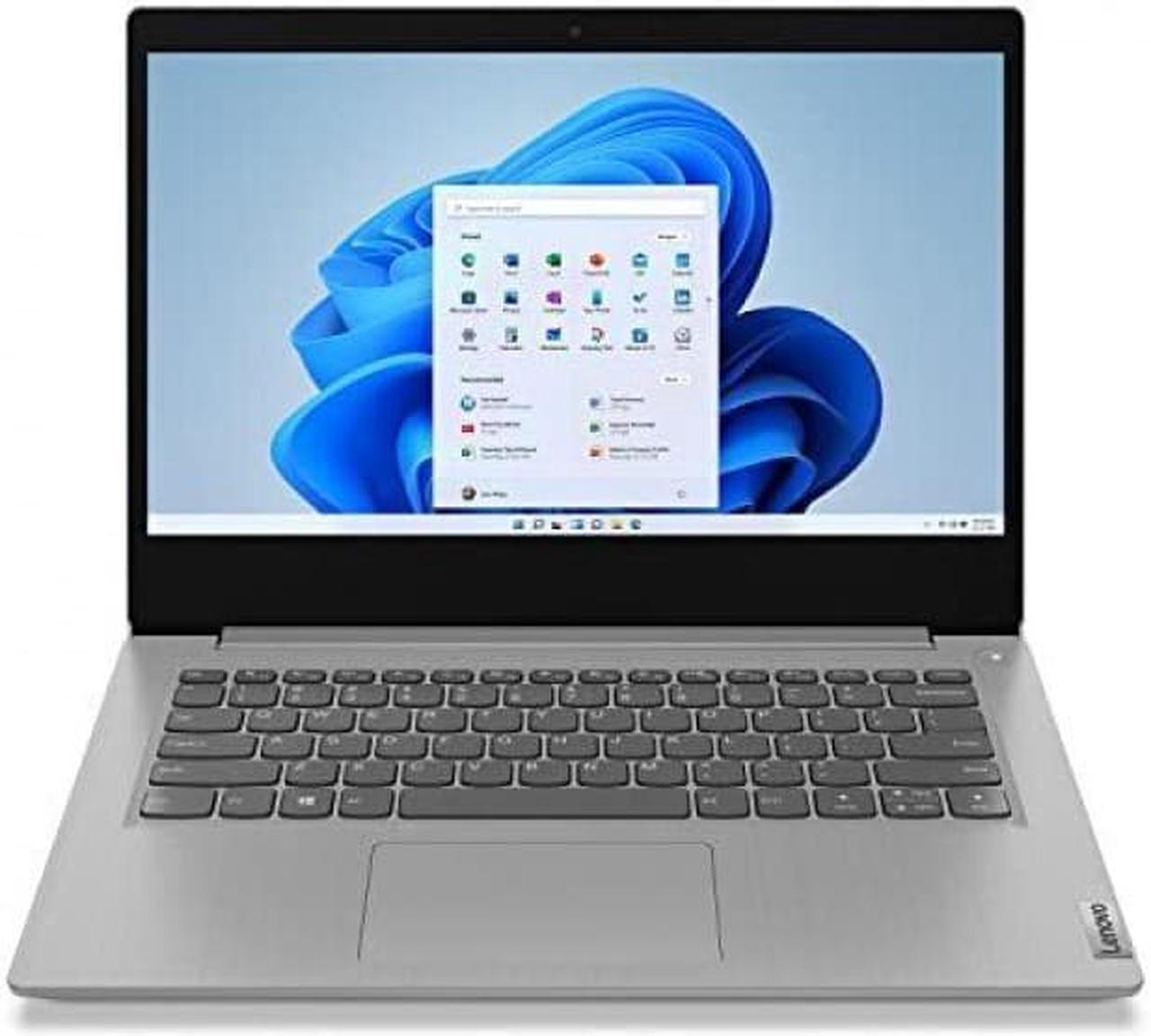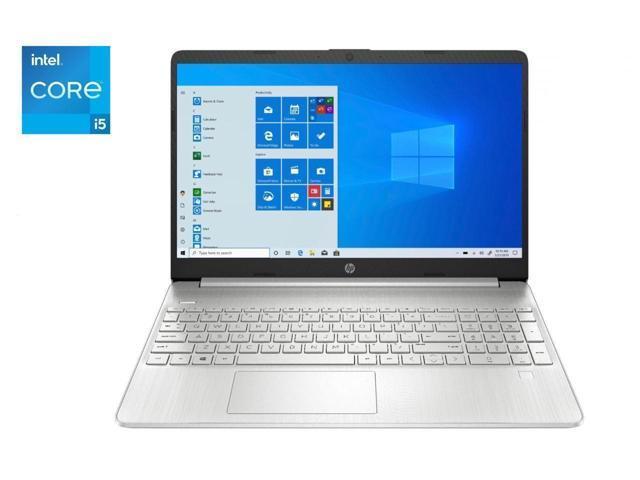Find the best laptop for gaming in 2024
Last update:
The best laptops under $500:
Alternatives:
The best laptops under $1000:
Alternatives:
The best laptops under $2000:
Alternatives:
The best laptop money can buy:
Alternatives:
To find the best gaming laptop we recommend to focus on these characteristics:
- Graphics card - look for latest offering from Nvidia and AMD, make sure it's discrete and has enough VRAM
- Thermal performance - rule of thumb: opt for thick and heavy laptop as they tend to handle workload better
- Display - 2K display with fast response (1ms) and high refresh rate (120Hz+) is optimal
How to choose the best laptop for gamers:
Graphics card
The choice of graphics card is the most important. Both Nvidia and AMD offer excellent choices, while Intel offers the best budget options. The most powerful options from Nvidia are 4080 and 4090, but honestly previous generation is 95% there, so you can safely choose 3080Ti, 3080 or 4070 and still play AAA titles. Try and find option with 140+W as this determines the performance much more. AMD 7800M XT and 6850M XT are just as capable as Nvidia these days. They can run all the same games at high settings with the same or better FPS. They are also often better in many professional applications. Two weak areas of AMD graphics card today are: Ray tracing and Blender, and even they are getting better. Driver update from September 2023 improved Ray tracing performance by about 23% and since Blender 3.6 AMD performance had greatly improved due to HIP support. Blender benchmarks show performance of AMD 7900 XTX somewhere between Nvidia 4070 and 4060 Ti. Once price is considered, for the vast majority of gamers - AMD is a prime choice. Intel Arc A730M performance is similar to Nvidia 4060, so it can also be considered for a gaming laptop. If you are playing older titles or content with playing on less demanding settings, Nvidia 4060, 4050, 3070, 3060, AMD 6700M, 6600M and Intel Arc A550M
Thermal performance
A common mistake that many of us make when buying a gaming laptop is getting one with poor thermal characteristics. As a rule of thumb: the larger and heavier it is - the better. Unfortunately good gaming laptops never shine at portability. Some good gaming laptops have two large fans and exhaust on the back and / or sides. They also feature thick heat pipes or a vapour chamber. This adds bulk, but this is necessary to ensure gaming performance. There are some thin gaming laptops on the market, but usually they struggle to keep the performance high, which is why 15 minutes later the owner will start to listen to fans going crazy loud. Another 15 minutes later the laptop may start to throttle, which will cause dropped frames, lags and freezes. If you need your gamin laptop to be portable - get a regular laptop that suits your on-the-go needs, and get an external GPU. This way you will not compromise gaming performance, while also having a portable machine.
Display
Display is just as important for gaming as the performance of the laptop. Many titles demand fast refresh rate, so try and find a one with 120-144Hz display. Going higher than that doesn't improve the performance, but playing fast-pace game with regular 60Hz display is not competitive anymore. You also want fast response rate, preferably 1-10ms. At the same time, resolution is not as important and we believe 2K to be optimal. In fact, 4K resolution may be problematic, as it often comes with high latency, slower refresh rate and artifacts like ghosting. Even if you have excellent 4K display, your graphics card is probably not going to be able to render 4K image at 120Hz, so you will playing at lower settings anyway. When choosing the best laptop it is important to also understand what is not important. Most games do not stress CPU or RAM as much, so don't sweat about it. AMD Ryzen 5 or Intel Core i5 is more than enough to handle practically any game. 16GB of RAM is usually also enough. OLED displays are perfect for video consumption and accurate color representation, but most of them are not very good for gaming. They tend to have high latency, slower refresh rate and some suffer from burn-in.
















